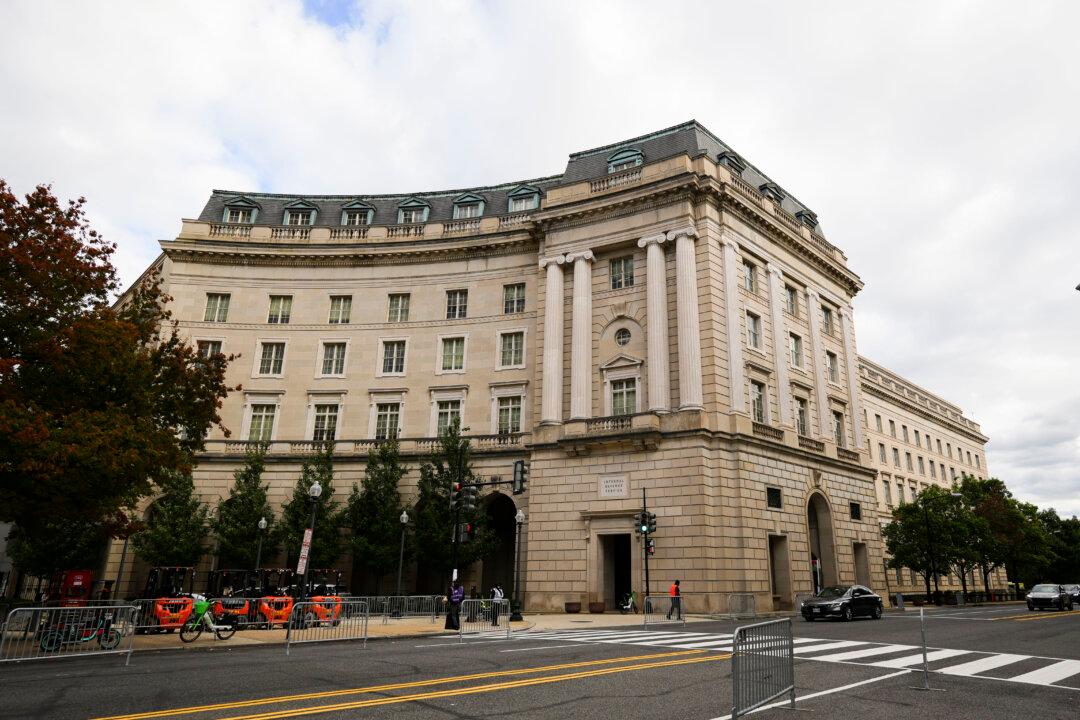The Internal Revenue Service announced four new initiatives on Friday aimed at ensuring that high-income, high-wealth individuals and large corporations pay the taxes that are “owed” to the agency.
One initiative targets American subsidiaries of foreign companies that distribute goods in the United States, but “do not pay their fair share of tax on the profit they earn” from their U.S. operations, the agency said in an Oct. 20 press release. The IRS is increasing its compliance efforts on such firms. “These foreign companies report losses or exceedingly low margins year after year through the improper use of transfer pricing to avoid reporting an appropriate amount of U.S. profits.”





